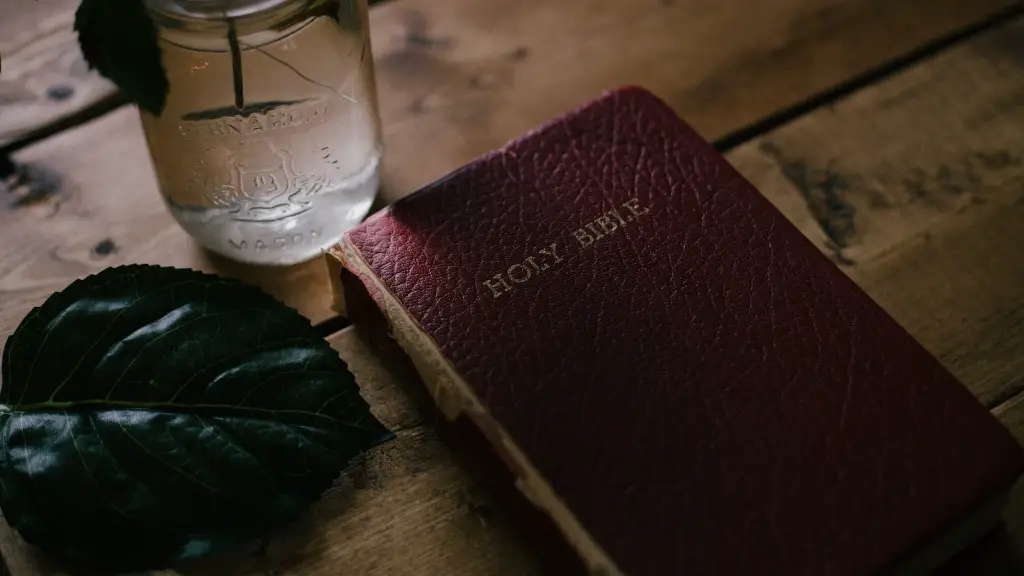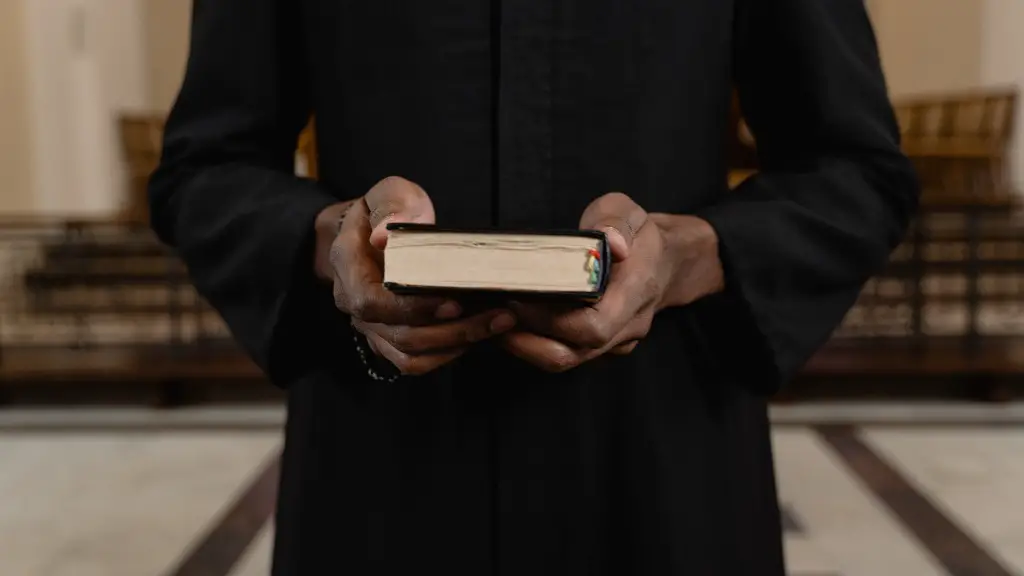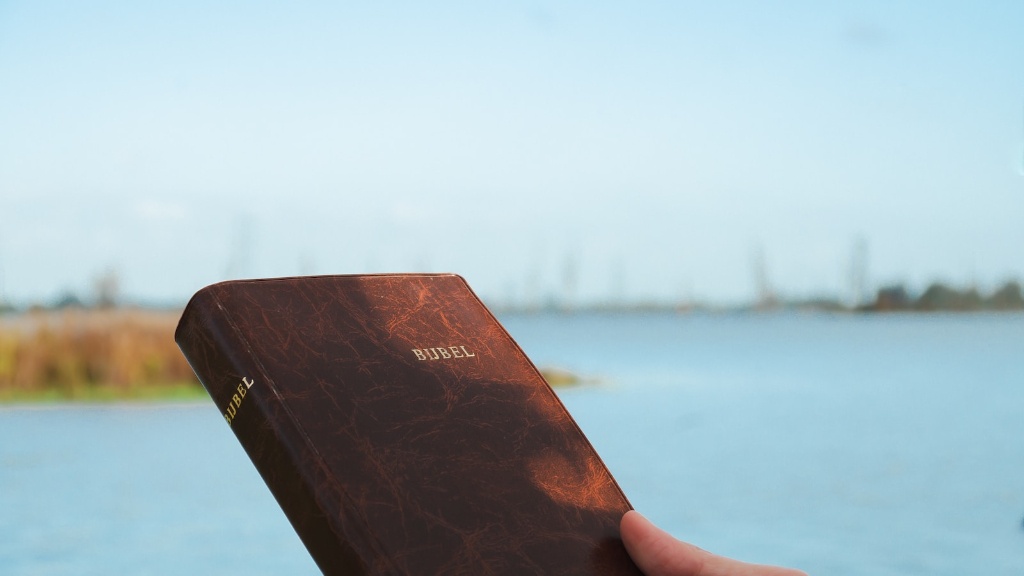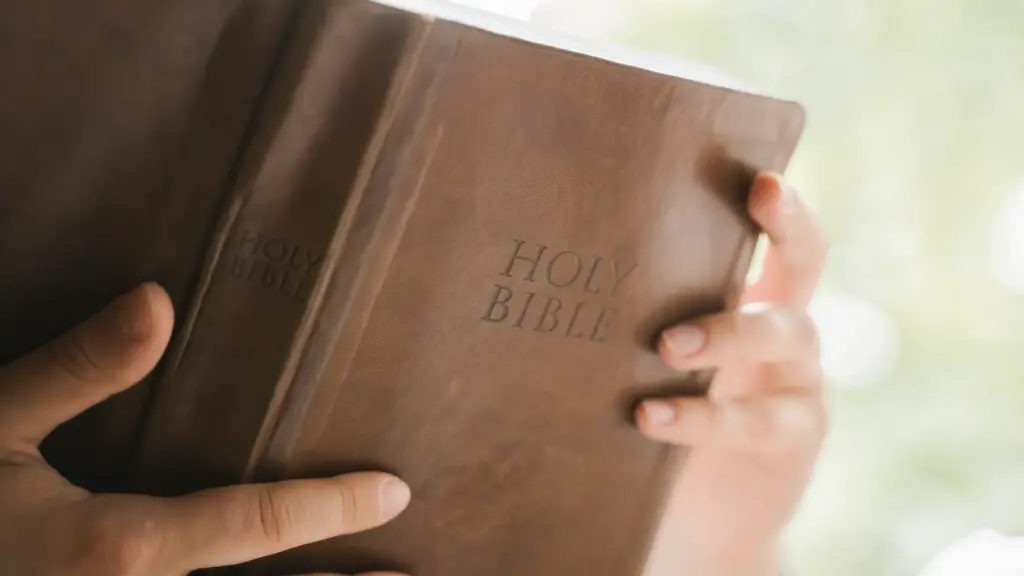The Bible is a collection of religious texts or scriptures sacred to Christians. It is the oldest surviving continuous manuscript tradition and consists of both the Old Testament and the New Testament. The Old Testament includes the books of the Hebrew Bible, while the New Testament includes the Christian Gospels.
The Council of Nicaea in 325 A.D.
Who decided the canon of the Bible?
Pope Damasus I was the head of the Catholic Church from 366 to 384. In 382, he convened a council in Rome to discuss the canon of Scripture. This council produced a list of books that would later come to be known as the Bible. The council also commissioned the Latin Vulgate edition of the Bible, which would become the standard Bible in the Western Church.
The Vatican Insider is an anonymous blog that claims to reveal the truth about why the Vatican removed 14 books from the Bible. According to the blog, the books were removed because they contained information that was damaging to the Catholic Church. The blog also claims that the Vatican is withholding other books that could be damaging to the Church.
Who formed the books of the Bible
The Bible is a collection of religious texts that are traditionally considered to have been dictated to Moses by God himself. However, since the 17th century, scholars have increasingly viewed the original sources of the Bible as being the product of multiple anonymous authors, rather than a single author. This change in perspective has allowed for the possibility that Moses may have first assembled the separate sources of the Bible into a single work.
The First Council of Nicaea was a council of Christian bishops convened in the Bithynian city of Nicaea (now İznik, Turkey) by the Roman Emperor Constantine I in AD 325.
When did the Bible get canonized?
It is interesting to note that it was not until the 5th century that all the different Christian churches came to a basic agreement on Biblical canon. The books that eventually were considered canon reflect the times they were embraced as much the times of the events they portray. It is understandable that there would be some disagreement on which books should be included in the canon, but it is also clear that the process of canonization was a reflection of the changing times and needs of the Church.
There is a lot of debate surrounding the accuracy of the historical books of the Old Testament, with some people claiming that they are as accurate as any other historical document from antiquity, and others claiming that they are not. However, there is a lot of evidence to suggest that the Old Testament is actually more accurate than many of the other historical documents from the same time period, such as the Egyptian, Mesopotamian, or Greek histories. This is because the Old Testament was written by eyewitnesses to the events that took place, while many of the other documents were not. Therefore, the Old Testament can be and is used as a reliable source of information in archaeological work.
What are the forbidden books of the Bible called?
The Confession is referring to the books of the Bible that are not included in thecanon, which are known as the apocryphal books. These books are not considered to be inspired by God and are not authoritative for Christians. The Confession provides the rationale for why these books should not be used in the church.
In the 16th century, Martin Luther argued that many of the received texts of the New Testament lacked the authority of the Gospels. He proposed removing a number of books from the New Testament, including Hebrews, James, Jude, and Revelation.
What are the 3 lost books of the Bible
The Lost Books of the Bible are a collection of ancient texts that were not included in the Bible as we know it today. While some of these texts were included in early versions of the Bible, they were ultimately removed from the canon for various reasons. While some of these texts may be of questionable authenticity, they nonetheless provide valuable insights into the early history of Christianity.
The Bible is a collection of stories that were passed down orally for centuries before they were written down. Scholars believe that these stories were a way for the tribes of Israel to forge a collective identity. Eventually, these stories were collated and written down.
How do we know the Bible is true?
It is often claimed that the Bible has been changed throughout history, but the physical evidence tells a different story. We have copies of the manuscripts and throughout history these copies show that the Bible has been transmitted accurately. The New Testament records are incredibly accurate.
Diocletian was a Roman Emperor who ruled from 284-305. He was the last Emperor of the united Roman Empire. In 301-304, during his reign, Diocletian ordered the burning of thousands of copies of the Bible and decreed that all Bibles should be destroyed. He also ordered that any home with a Bible in it should be burned. Diocletian’s actions were meant to stamp out Christianity in the Roman Empire. However, his efforts failed and Christianity continued to spread.
What did the Council of Nicea do to the Bible
The Council of Nicaea was the first ecumenical debate held by the early Christian church. It was convened by the emperor Constantine in 325 to resolve the controversy over the nature of the Trinity. The council concluded with the establishment of the doctrine of the Holy Trinity, which states that there is one God in three persons, the Father, the Son, and the Holy Spirit.
There is no way that Jesus wrote any of the texts that are in use by the Hebrew people today. These texts were written long after Jesus died, and the people who wrote them were not followers of Jesus. Jesus and his followers would have had no idea about the texts that are in use today, and so it is absolutely not possible that Jesus wrote any of them.
Why was the Book of Enoch not in the Bible?
The Second century BC saw the compilation of several books, one of which was the Book of Enoch. This book is significant because it contains a lot of information about the fallen angels.
Athanasius, Bishop of Alexandria, was the first person to formally list the books that would become the New Testament canon. In his Easter letter of 367, he used the word “canonized” (κανονιζομενα) in regard to them. This formally established the New Testament canon and set the precedent for future councils and Church Fathers to recognize and confirm these books.
Warp Up
The books that would eventually be collected into what is now known as the Bible were written over the course of several centuries. There is no one person or group of people who can be credited with making the decision as to which books would be included. In the early years of Christianity, there were a wide variety of books in circulation among Christians, and it wasn’t until the middle of the second century that any attempt was made to codify which books were to be considered part of the canon of Scripture. Even then, it took a few more centuries for the canon to be officially agreed upon.
There is no one definitive answer to this question. There are many theories and opinions about who decided which books would be included in the Bible, but the truth is that we may never know for sure. What we do know is that the Bible is a collection of texts that have been passed down through the generations, and that it has been interpreted and reinterpreted countless times. While we may not know exactly who decided which books would be in the Bible, we can be sure that it is a text that has been deeply meaningful to countless people throughout history.





